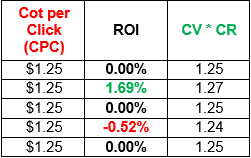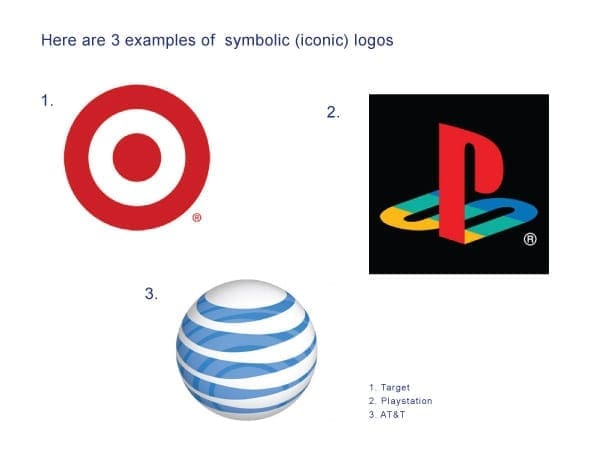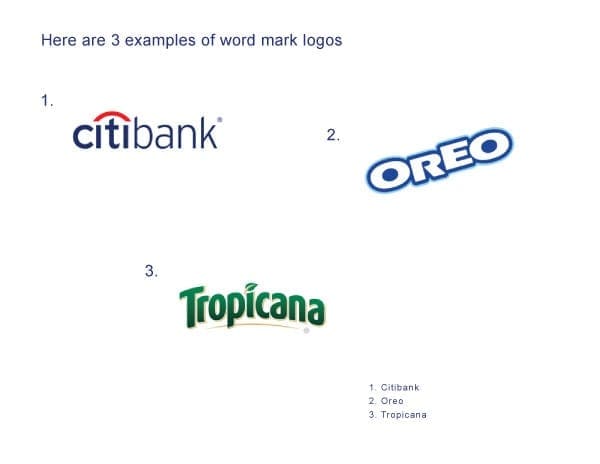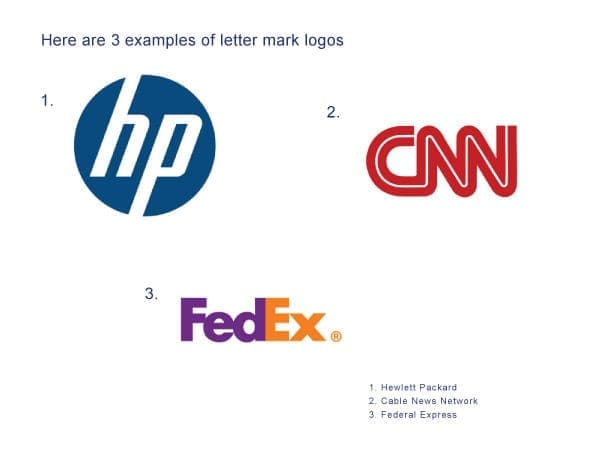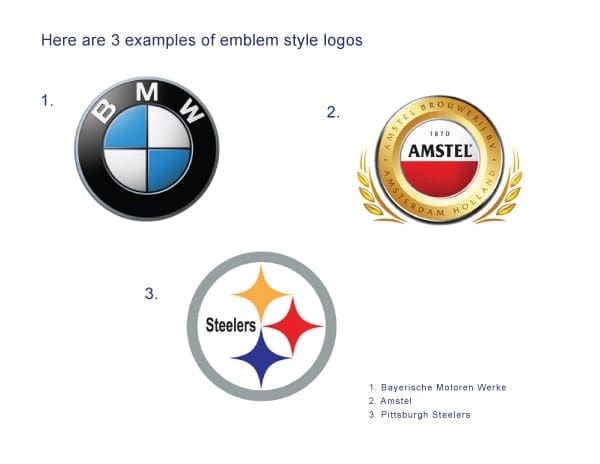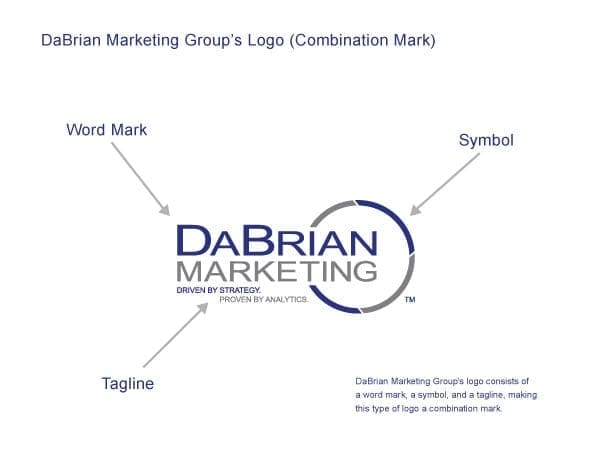The research is in folks, and home improvement customers are heading back to their roots.
The well-known “big box” retailers still surpass equivalent brick and mortar businesses in sales, but that trend is beginning to shift. According to research conducted by The NPD Group, customers want to invest more in their local communities, and they’re becoming more receptive to home improvement locations closer to their homes. These shifts mean that the industry is now heading toward increased competition and a need for greater brand differentiation.
How can these local brands hope to highlight their favorable differentiating factors? Let me tell you a little story…
Your Customer Is Always Right (and very Influential)
We’re all aware that customer or client testimonials are a great way for home improvement providers to highlight the best aspects of their brands. But to really tell the story, reviews shouldn’t be limited to impersonal star ratings or detached mouse-clicks.
Taking a more proactive approach, such as via emailed follow-ups or online satisfaction surveys, will help you in two distinct ways. First, you’ll have the ultimate litmus test for your customer service processes. Second (and most importantly), you’ll have ammo for future marketing materials, including brochures, sales materials, and even online videos.
Bad Local Reviews Can Be Good
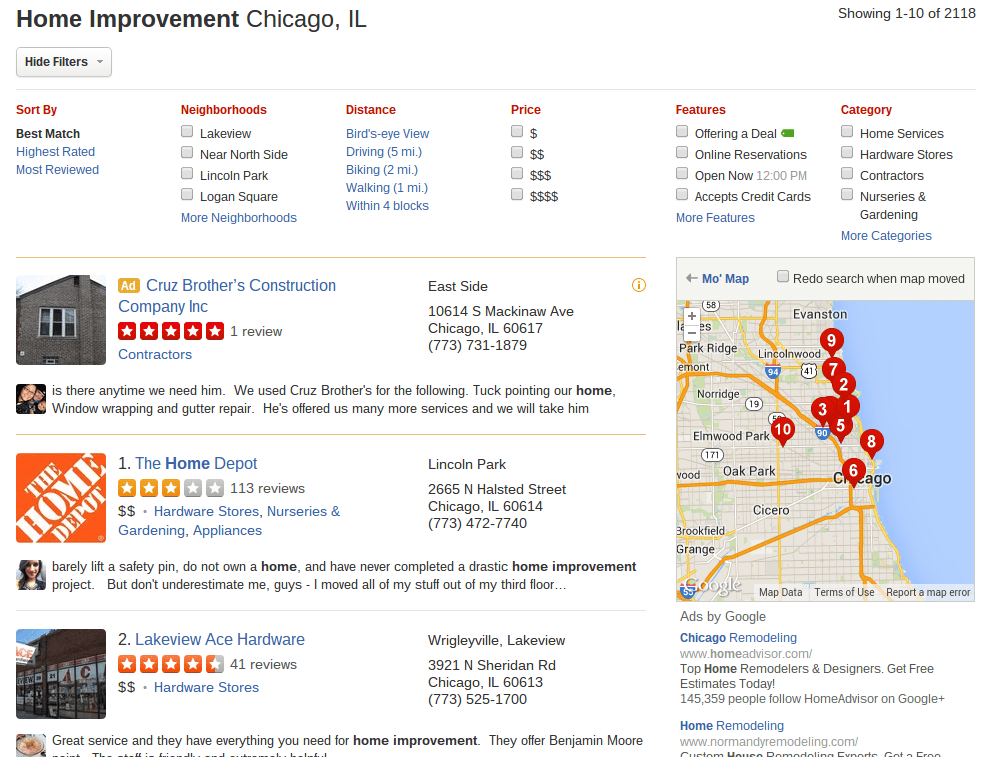
As you begin to embrace the collective voice of your customers, you’re likely going to catch your fair share of negative reviews. Whether on a social media platform that displays the inflammatory comment to the masses or an internal survey for your team’s eyes only, bad reviews shouldn’t be feared, and they definitely shouldn’t be ignored.
Instead, your team should recognize the feedback and work to remedy the situation as quickly and thoroughly as possible. In this case, a community engagement strategy can really come in handy. For smaller, local home improvement brands, customer service and conflict resolution is often one of the biggest draws for new customers. Personalize all communication and focus on the customer’s concerns, and your brand reputation will thank you.
The Greatest Story Ever Shown
If you’re part of a locally-run business in a specialty market, then there’s a lot that sets you apart from the country’s larger retailers. You know it and it’s your existing customers do too. But how do you get the word out? The answer lies in what’s known as your content marketing mix.
This mix represents the content you use to convey your brand’s unique story. This can take many forms, but the most effective by far is rich, visual content. Your content can highlight your excellent staff, show off new products, educate your audience, or entertain them. All it takes is a little creativity and focusing on the best parts of your already-awesome brand.
As customers’ attitudes and behaviors change, it’s important for the “mom and pop” businesses to stand out among the corporate juggernaut that makes up their top competition. To do this may mean evaluating your brand’s favorable characteristics, polling your existing customers, or heading back to the drawing board and reinventing the brand altogether. No matter the journey, every brand has a captivating story to tell. It’s just a matter of making it memorable and telling it right.



